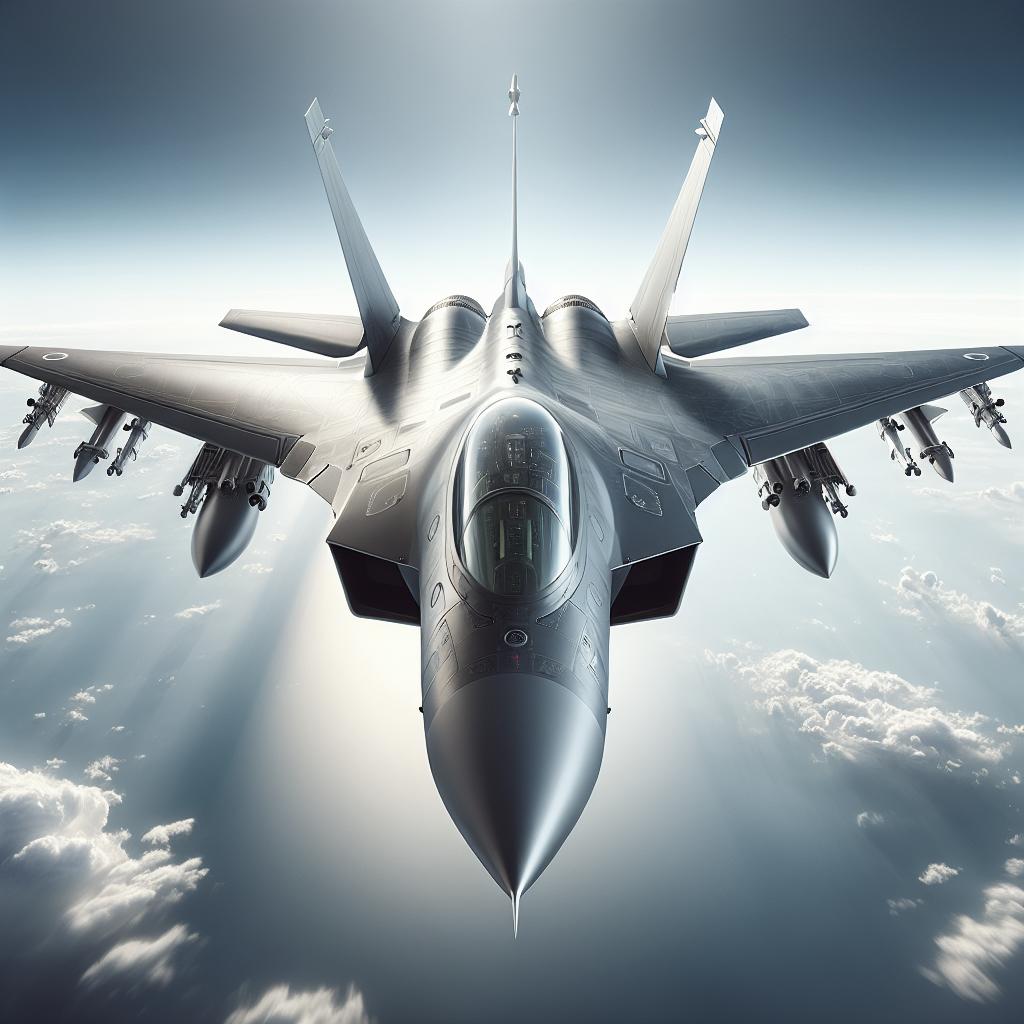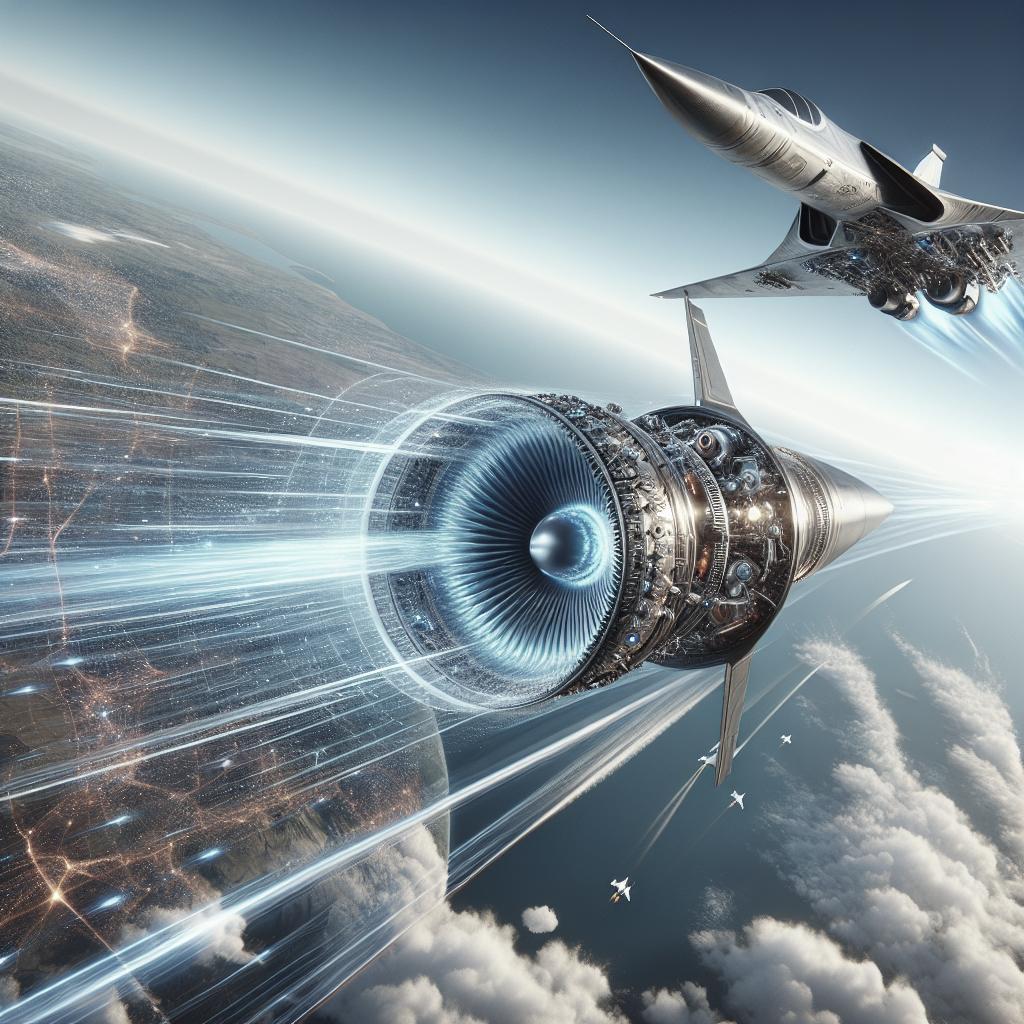Key Features of Fighter Jets: Unveiling the F-16
Fighter jets are marvels of modern engineering, combining speed, agility, and advanced technology to dominate the skies. Among the numerous fighter jets, the F-16 Fighting Falcon stands out due to its unique blend of characteristics. In this article, we explore the key features that define the F-16, including its unmatched maneuverability, multirole capability, and state-of-the-art avionics. Additionally, we discuss the advanced materials used in its construction, how its modular design allows for constant upgrades, and the significance of its primary roles in contemporary military operations. Whether you’re an aviation enthusiast or just curious about what makes fighter jets exceptional, join us as we delve into the intricate world of the F-16.
Unmatched Maneuverability: The F-16 Jet Fighter’s Unique Characteristics
The F-16 Fighting Falcon is renowned for its unmatched maneuverability, a key feature that has contributed significantly to its sustained popularity and operational success. Unlike many of its predecessors, the F-16’s design prioritizes aerodynamic efficiency and agility. Its airframe is optimized for high thrust-to-weight ratios and low drag, allowing it to perform rapid directional changes and complex aerial maneuvers.
One of the standout characteristics is the reclined seat, which is set at 30 degrees to improve the pilot’s tolerance to high g-forces. This allows pilots to maintain functionality while executing aggressive maneuvers that other aircraft might struggle to perform. Together with a bubble canopy, which offers 360-degree field of view absent frame obstructions, the F-16 provides pilots unparalleled situational awareness in combat scenarios.
1. Fly-By-Wire (FBW) Flight Control System
What is the F-16’s fly-by-wire (FBW) flight control system?
The Fly-By-Wire (FBW) flight control system is one of the defining features of the F-16 Fighting Falcon. Traditional fighter jets rely on mechanical and hydraulic systems to control the aircraft. However, the F-16 was one of the first operational fighters to employ FBW, replacing these traditional control mechanisms with electronic signals. This was revolutionary, as it enabled much quicker and precise adjustments while reducing the aircraft’s overall weight.
The FBW system provides stability to an otherwise unstable design, a necessity for maintaining the F-16’s agility and aerodynamic performance. The digital controls interpret pilot inputs and make necessary adjustments to the control surfaces in microseconds, enhancing the aircraft’s responsiveness. Importantly, this system also integrates automatic protection features to prevent operations beyond safety margins, thus safeguarding both pilot and aircraft.
2. Multirole Capability
The F-16 distinguishes itself with its multirole capability, able to perform various missions that expand its utility across different combat situations. Designed initially as a day fighter, the F-16 has evolved into a versatile asset capable of executing air-to-air combat, air-to-ground attack, and even reconnaissance missions. This versatility makes it a valuable component of modern air forces around the globe.
The adaptability stems from its ability to carry an array of sophisticated weapons systems and equipment tailored to mission-specific needs. Equipped with a multiplicity of hardpoints and smart avionics, the F-16 can carry bombs, missiles, electronic warfare pods, or surveillance equipment, making it a true master of aerial adaptability and strategic reinforcement.
3. Advanced Avionics and Radar System
Advanced avionics and radar systems are at the heart of the F-16’s effectiveness as a modern fighter jet. These systems grant pilots critical advantages in terms of situational awareness and combat capability. The F-16’s avionics are designed to streamline the availability of information, allowing pilots to concentrate on mission execution rather than complex instrumentation.
Central to these systems is the onboard radar, which provides long-range tracking of airborne and surface targets. Modern variants of the F-16 employ radar systems such as the Northrop Grumman AN/APG-83 Scalable Agile Beam Radar, which offer increased detection ranges, additional tracking capabilities, and enhanced imaging precision, helping pilots identify targets with unmatched clarity and engage efficiently.
4. Advanced Materials and Construction
Modern fighter jets like the F-16 employ advanced materials technology, reducing overall weight while enhancing strength and operational longevity. The F-16 construction incorporates composites and lightweight alloys that contribute to a more durable yet agile aircraft. Such innovations allow it to withstand harsh operational environments, extend flight ranges, and improve fuel efficiency.
The use of these materials influences not only performance but also significantly aids in minimizing radar detection, an essential feature in combat situations where stealth is paramount. These design choices reflect a continuous pursuit of enhancing aerodynamic properties while ensuring a robust structure capable of supporting high g-forces during intense maneuvers. As aviation technology continues to advance, the integration of novel materials remains pivotal for future iterations.
5. Modular Design and Upgradeability
Can the F-16 be upgraded with new technologies?
Yes, one of the most viable features of the F-16 is its modular design, which ensures upgradeability in response to changing technological landscapes and mission requirements. Since its introduction, the F-16 has undergone numerous updates, obtaining cutting-edge technology without requiring complete redesigns or replacements of the airframe.
This modular design permits incremental upgrades, such as the integration of newer avionics suites, radar systems, and enhanced weapon platforms. As a result, air forces can maintain operational readiness and effectiveness without incurring prohibitive costs, extending the life cycle of the aircraft and enhancing mission success probabilities.
What is the primary role of the F-16 Fighting Falcon?
The primary role of the F-16 Fighting Falcon is to establish air superiority, providing a formidable presence in contested airspaces. However, its multirole design enables it to adapt to evolving mission profiles such as close air support, suppression of enemy air defenses (SEAD), and even reconnaissance.
This versatility ensures the F-16 remains a linchpin in modern tactical strategies, capitalizing on its speed, agility, and technological integration. As mission landscapes evolve, the adaptability of the F-16 continues to support a range of operations across various theaters of conflict, cementing its longstanding legacy in contemporary aviation history.
Next Steps
| Feature | Description |
|---|---|
| Maneuverability | Enhanced by aerodynamic design and a reclined pilot seat aiding high-g tolerance. |
| FBW Flight Control System | Utilizes electronic controls for enhanced responsiveness and stability. |
| Multirole Capability | Adaptable design allows for various mission types. |
| Avionics and Radar | Features advanced systems for superior detection and combat efficiency. |
| Materials and Construction | Advanced materials reduce weight and enhance durability. |
| Modular Design | Facilitates upgrades to integrate new technologies seamlessly. |


